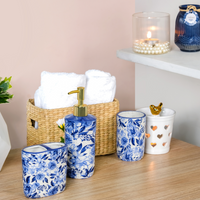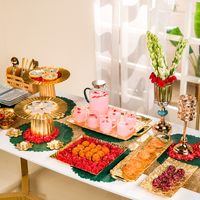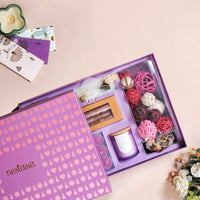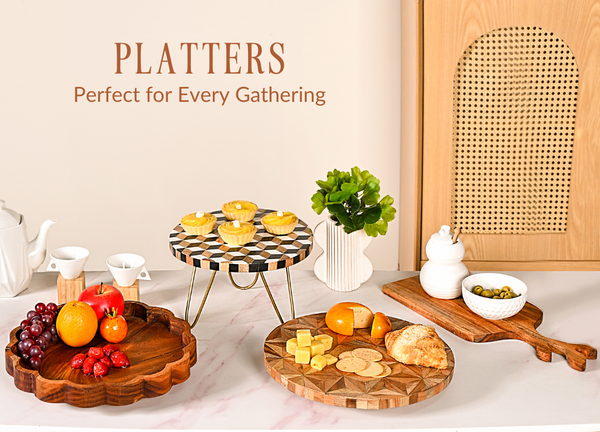Steel cookware is a kitchen essential, praised for its durability, sleek aesthetic, and excellent cooking performance. Whether you use stainless steel or carbon steel cookware, proper care ensures they remain in top condition for years.
This comprehensive guide covers everything from seasoning and cleaning to troubleshooting common issues. Whether you’re dealing with burnt-on food or discoloration, this guide provides the best solutions.

Why Choose Steel Cookware?
Steel cookware is a popular choice for both professional chefs and home cooks. Here’s why:
Durability & Longevity: Properly maintained steel cookware can last a lifetime.
Non-Reactive Surface: Stainless steel does not react with acidic or alkaline foods.
Even Heat Distribution: Especially in tri-ply and five-ply stainless steel.
Versatility: Oven-safe, induction-compatible, and perfect for all cooking styles.
Aesthetic Appeal: A sleek and modern look for any kitchen.
Common Types of Steel Cookware
Different types of steel cookware require different care techniques.
Stainless Steel Cookware: Rust-resistant and non-reactive, but can discolor over time.
Carbon Steel Cookware: Lighter than cast iron and develops a nonstick surface with seasoning.
Clad Stainless Steel: Combines layers of steel with aluminum or copper for better heat conductivity.
Seasoning Your Steel Cookware
Why Season Carbon Steel Cookware?
Seasoning carbon steel cookware creates a natural nonstick surface and protects it from rust. Unlike stainless steel, carbon steel can react with moisture and air, leading to rust if not properly maintained. When you apply a thin layer of oil and heat the pan, the oil undergoes a process called polymerization, forming a hard, slick coating. This not only prevents food from sticking but also enhances the cookware’s durability, making it last for years with proper care.
How to Season Carbon Steel:
- Wash with warm soapy water, then dry completely.
- Rub a little high-smoke-point oil* on the surface.
- Place on medium-high heat until the oil smokes.
- Let it cool, then wipe off excess oil.
- Repeat a few times to build up seasoning.
Although stainless steel does not require seasoning, a light layer of oil can help prevent food from sticking when frying.
*A high-smoke-point oil is a type of cooking oil that can withstand high temperatures without burning or smoking. Examples include vegetable oil, sunflower oil, canola oil, and peanut oil. These oils are ideal for seasoning cookware because they form a smooth, protective layer that prevents rust and helps create a nonstick surface.

Why Season Only Carbon Steel and Not Stainless Steel?
We season carbon steel but not stainless steel because of their differences in material composition and properties:
Carbon Steel Needs Protection Against Rust
Carbon steel is more prone to rusting because it contains more iron and lacks the protective chromium layer found in stainless steel. Seasoning creates a barrier that prevents moisture from causing rust.
Seasoning Makes Carbon Steel Naturally Nonstick
Over time, the oil used in seasoning polymerizes into a slick, nonstick layer, reducing food sticking. Stainless steel does not require this because it has a smoother, less porous surface.
Stainless Steel is Already Rust-Resistant
Stainless steel contains chromium, which forms a protective oxide layer, preventing rust. Since it does not corrode easily, there is no need for seasoning.
Seasoning Enhances Performance for Carbon Steel but Not for Stainless Steel
Carbon steel benefits from seasoning as it improves heat retention and cooking performance. Stainless steel does not absorb oil in the same way, so seasoning has little effect.
When Can You Oil Stainless Steel?
While seasoning is unnecessary, lightly oiling stainless steel before cooking can help prevent food from sticking, especially when frying or searing. However, this is different from the full seasoning process used for carbon steel.

Cleaning and Maintenance Tips
Daily Cleaning:
Wash with mild dish soap and warm water.
Use a soft sponge to avoid scratches.
Dry immediately to prevent water spots.
For Stubborn Residue:
Boil water in the pan to loosen stuck food.
Use a baking soda and water paste for gentle scrubbing.
Preventing Discoloration and Stains
Why Does Stainless Steel Discolor?
Discoloration happens due to overheating or mineral deposits from water.
Prevention Tips:
- Avoid high heat when unnecessary.
- Do not leave salt sitting in cookware before adding liquid.
- Use a vinegar solution to remove rainbow stains.
How to Remove Stubborn Stains and Burnt Residue
Burnt Food:
Fill the pan with water and add one tablespoon of baking soda.
Simmer for 10 minutes, then scrub with a soft sponge.
Discoloration:
Use a vinegar-water solution and let it sit for 10 minutes before rinsing.
Rust (Carbon Steel Only):
Scrub with steel wool, then re-season.
Storing Steel Cookware Properly
Proper storage prevents scratches, dents, and moisture damage. Here are ten essential tips for storing your cookware:
Stack with Care
If stacking is necessary, place a soft liner, such as a paper towel or felt pad, between pans to prevent scratches.
Hang Your Cookware
Hanging pots and pans on a rack or hooks prevents scratches and saves cabinet space.
Store Lids Separately
Lids can trap moisture, leading to water stains. Store them upright or on a separate rack.
Keep Cookware Dry
Moisture can cause water spots and, in the case of carbon steel, rust. Always dry completely before storing.
Avoid Nesting Too Tightly
If stacking is unavoidable, ensure there is enough space between pans to avoid pressure damage.
Use a Pot Rack
Installing a wall-mounted or countertop pot rack keeps cookware accessible and prevents unnecessary wear.
Keep Away from Humid Areas
Avoid storing cookware near sinks or dishwashers where moisture levels are high.
Store Carbon Steel Separately
Carbon steel requires extra care—store it in a dry area and occasionally apply a light coat of oil.
Organize by Size
Larger pots should be at the bottom, with smaller ones stacked neatly to prevent tipping.
Do Not Store Cookware in the Oven
Ovens can trap moisture and cause discoloration, especially if preheated accidentally.
Cooking Best Practices for Longevity
Enhance your cooking experience and extend the life of your cookware with these ten best practices:
Preheat Before Adding Oil
Helps prevent sticking and ensures even cooking.
Avoid Cooking on High Heat Unless Necessary
Excessive heat can cause discoloration and damage cookware over time.
Use Wooden or Silicone Utensils
Protects the cookware surface from scratches.
Add Salt to Boiling Water Only After It Starts Boiling
Prevents pitting in stainless steel caused by undissolved salt.
Do Not Overcrowd the Pan
Allows for better heat distribution and prevents food from sticking.
Avoid Drastic Temperature Changes
Placing a hot pan under cold water can cause warping.
Deglaze for Easier Cleaning
After cooking, pour a bit of water or wine into the pan while it is still warm to loosen food bits.
Use the Right Size Burner
A small burner will not heat the pan evenly, while a burner that is too large may cause overheating.
Dry Immediately After Washing
Prevents water spots and mineral deposits.
Regularly Polish Your Stainless Steel
Restores shine and prevents stains.
To Conclude

Caring for steel cookware is not complicated—it just requires the right techniques. With proper cleaning, storage, and cooking habits, your steel cookware will stay in top condition for years. Whether you are a beginner or an experienced cook, following these care tips ensures every meal is cooked to perfection.




















